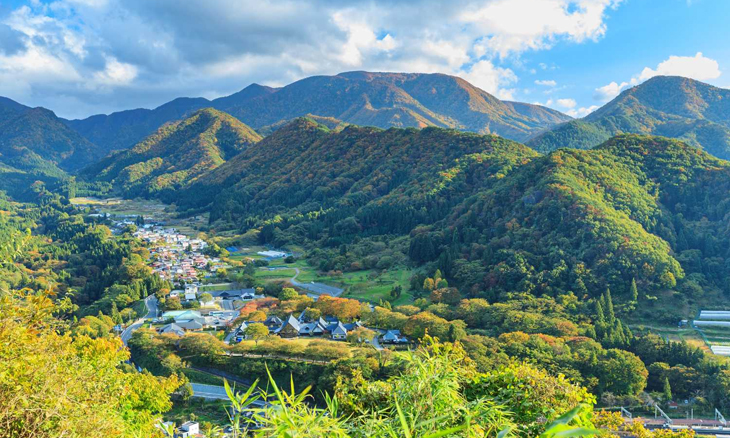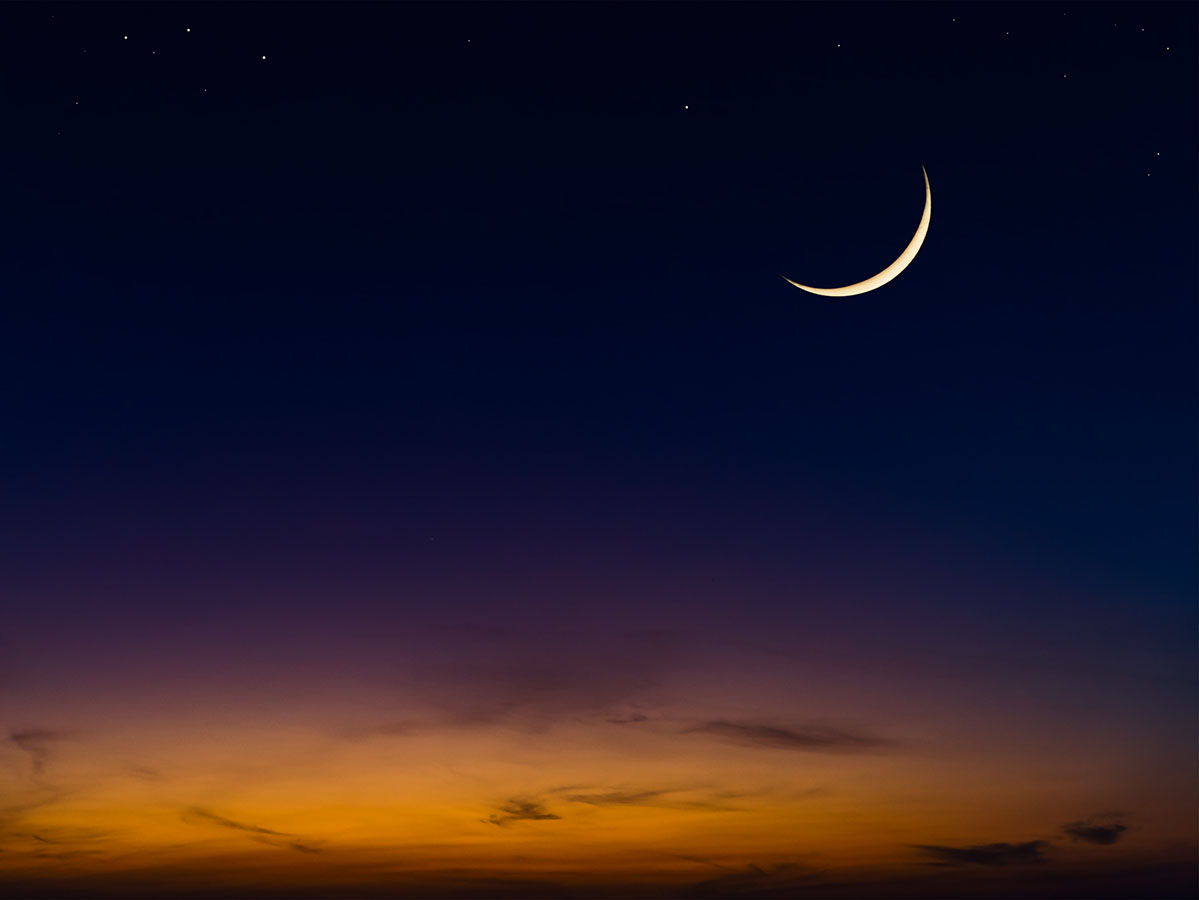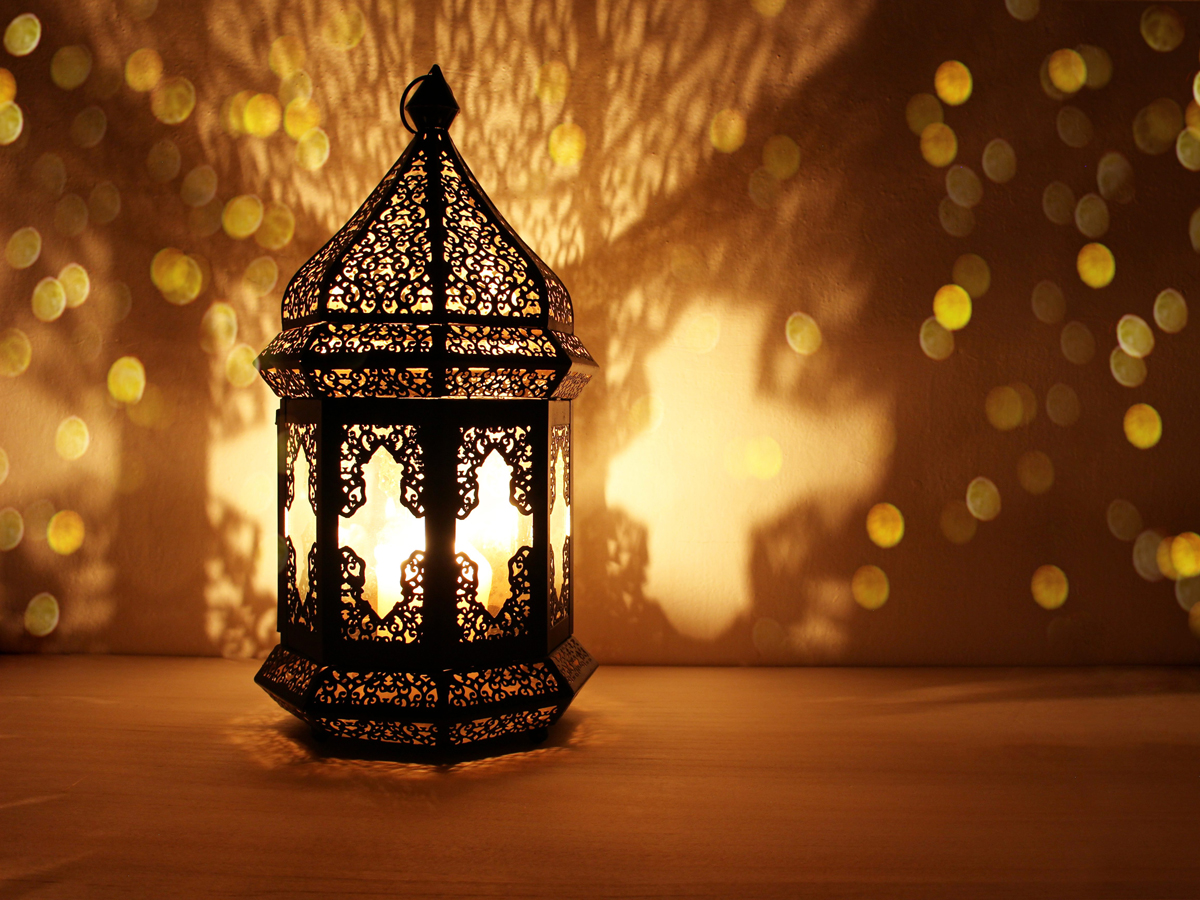“Sendai?! Why are you going there?!” As responses go, that’s probably not one you want to hear when checking out of your hotel in Tokyo, bound for the biggest city in the Tohoku region. But the receptionist was doing Sendai a disservice. This is definitely a part of Japan you want to visit.
The incredulity on behalf of the hotel staff is understandable, up to a point. Sendai doesn’t have the neon-lit, Blade Runner backdrop of Tokyo, nor the jaw-droppingly beautiful temples of Kyoto, or the vibrant food culture of Osaka…
But less about what it doesn’t have and more about what it does. Historically, Sendai is one of Japan’s most important cities. It was founded in 1600 by feudal lord Date Masamune, a legendary figure in Japanese history. His distinctive image – he had only one eye and wore elaborate armour – can be seen throughout the city, and many of the sites from his era have survived.
Highlights
Surprising Sendai
A perfect place to start is Aoba Castle. Most of the original building is gone, the victim of repeated raids during the turbulent feudal years, a fire in 1882 and carpet bombing during the Second World War. But its location 100m above the city makes it the perfect vantage point from which to take in Sendai.
From Aoba Castle, you’ll notice Sendai’s abundant greenery. It’s often referred to as the “City of Trees”, and a place to get a real sense of this is Zuihoden Mausoleum. It was built as the final resting place of Masamune and other members of the Date clan. Surrounded by towering cedar trees, the brightly-coloured, intricately-decorated mausoleums contrast beautifully with the dark greens and browns of the forest.
Every Japanese region has its own culinary delights, and Tohoku is no different. In Sendai, you can try beef tongue. Known as gyutan, the meat is seasoned and grilled, and usually served simply alongside some white rice and miso soup. You can find restaurants all over the city serving this delicacy, and it’s definitely worth a try, though a bit of an acquired taste.
Calm bays and mountain views
After eating beef tongue you may feel it’s time to explore outside of Sendai, which is an opportunity not to be missed.
Heading north-east up the coast – just a 30-minute train ride from Sendai – you’ll reach Matsushima. This secluded bay dotted with pine tree-covered islands has been considered one of Japan’s three most scenic sights for centuries. A footbridge from the mainland offers a connection to one of the islands, and you can also take boat tours around the bay. The calm waters are also abundant with oysters, and many of the small restaurants dotted along the seafront serve up the local variety in various ways.
Having sampled a taste of the coast, it’s time to head inland for a view of Tohoku’s stunning mountain scenery. Yamadera is a scenic one-hour train ride from Sendai. After passing through non-descript commuter towns on the outskirts of the city, the landscape becomes more rural and glimpses of cloud-shrouded mountains reveal themselves through gaps in the trees.
Meaning “mountain temple” in Japanese, the name of Yamadera couldn’t be more apt. A steep path cut into the rock meanders up the mountain through thick foliage. It’s roughly 1,000 steps to the top, and when you reach the summit you’re rewarded with an incredible vista. The view of the verdant valley below stretches as far as the eye can see. And sat precariously on a ledge nestled against the rock face is Risshaku temple, built over a thousand years and still breath-taking today.
So while flashy Tokyo, traditional Kyoto and hedonistic Osaka steal the headlines, be sure that there’s much more to Japan, starting here in Tohoku. It may be an overlooked region, but it has more than enough history and natural beauty to make it a worthwhile destination in this fascinating country.
Where to stay
Bansuitei Ikoiso Ryokan
Experience an authentic stay at this traditional inn. Located in the centre of Sendai, it features tatami flooring and serves up home-cooked meals.
www.ikoisouryokan.co.jp
Sendai Royal Park Hotel
Set amid lush greenery on the outskirts of Sendai, this is a luxurious retreat that’s perfect if you’re looking to get away from it all.
www.srph.co.jp
Getting There
It’s possible to fly to Sendai airport, but usually cheaper to book a flight to Tokyo and then take the bullet train, a 90-minute journey from the capital. From Dubai, Emirates and Japan Airlines fly directly to Tokyo. From Abu Dhabi, Emirates and ANA operate direct flights. If leaving from Doha, Qatar Airways runs a non-stop service to the Japanese capital.
Getting Around
Sendai has two metro lines that are handy for getting around the downtown area of the city. It’s also possible to walk around the city centre. If you’re travelling to places like Aoba Castle and Zuihoden Mausoleum, the most convenient option is the Loople Sendai tourist bus. This service runs in a loop around the city, and you can jump on and off if you buy a day pass. This all-day ticket costs 620 yen (Dhs21/QR21), and one ride costs 260 yen (Dhs9/QR9).
Matsushima is a 30-minute train ride from Sendai, with a return ticket costing 820 yen (Dhs28/QR28). To get to Yamadera, the train from Sendai takes an hour and costs 1,680 yen (Dhs58/QR58) return.
But if you’re planning to use the Loople Sendai and visit both Matsushima and Yamadera, then it’s worth buying a Sendai Marugoto Pass. It offers unlimited travel on the Loople, Sendai metro lines and the trains to Matsushima and Yamadera for two days. It costs 2,670 yen (Dhs92/QR92) for adults and 1,330 yen (Dhs46/QR46) for children. You can also get discounts at selected restaurants with this pass.
Travel Tip
In Sendai, English isn’t as widely spoken as in Tokyo. So to make things easier for visitors, the Sendai Tourism Bureau has put up signs outside restaurants that have English menus or “point and talk” sheets. You can find out more information about these restaurants by visiting the city’s dedicated eating out and shopping website.
www.sendai-oishi.jp
What’s on
The Sendai Tanabata Matsuri takes place from August 6 to 8. It’s a traditional star festival, which has been taking place for centuries in Japan. Colourful streamers made from paper and bamboo line the main shopping arcade, while live music performances, traditional dance shows and local food vendors pop up elsewhere around downtown.
www.sendaitanabata.com/en









